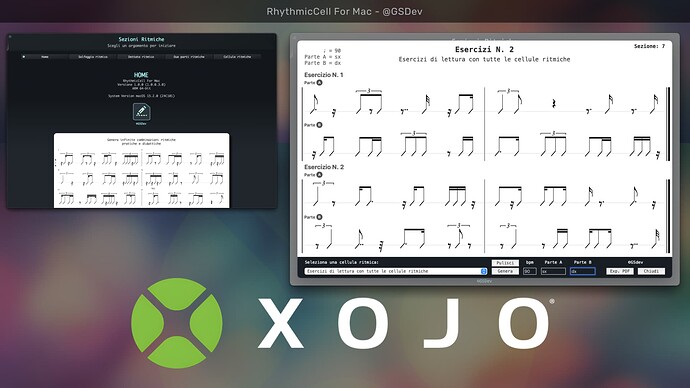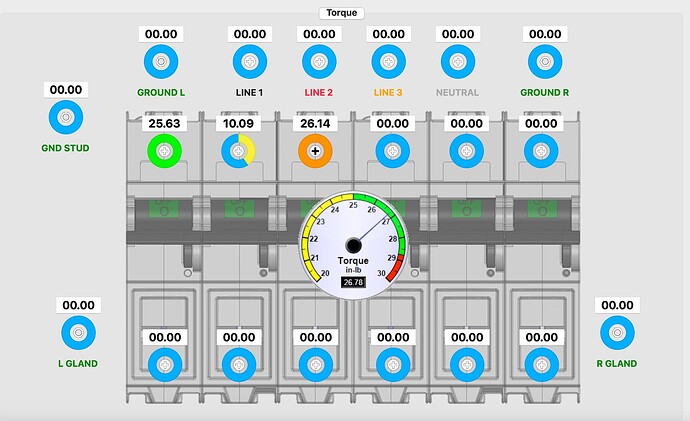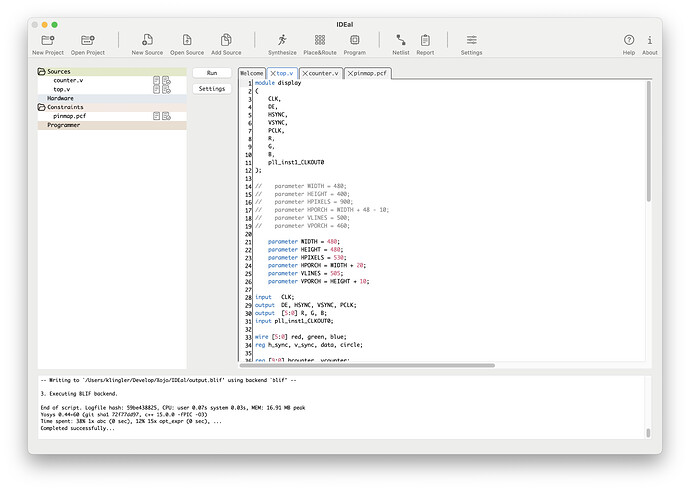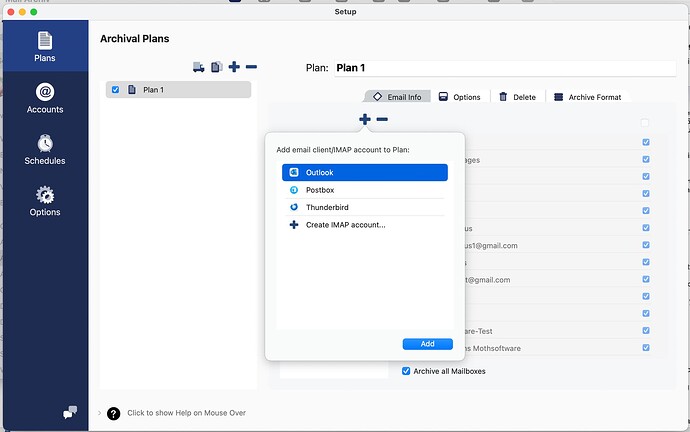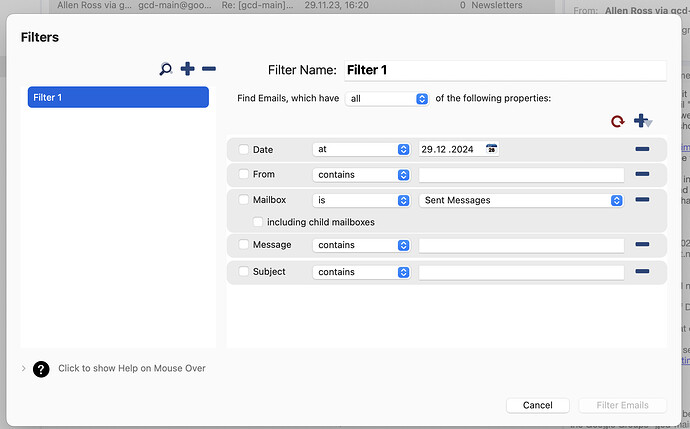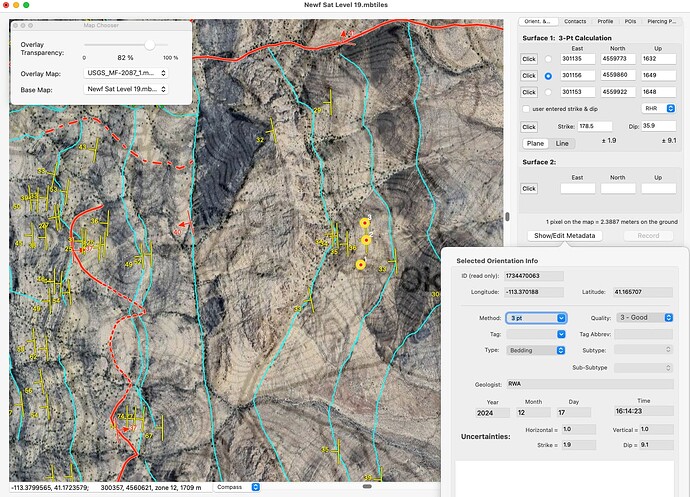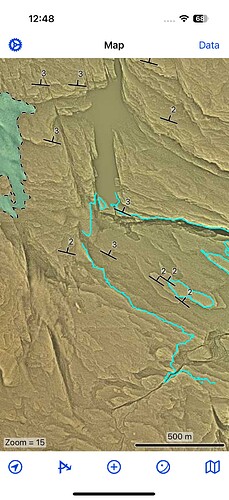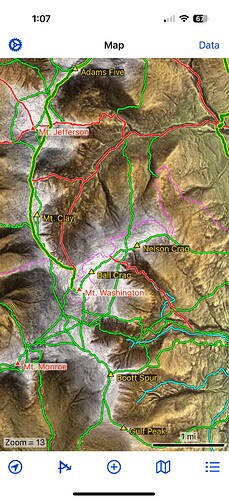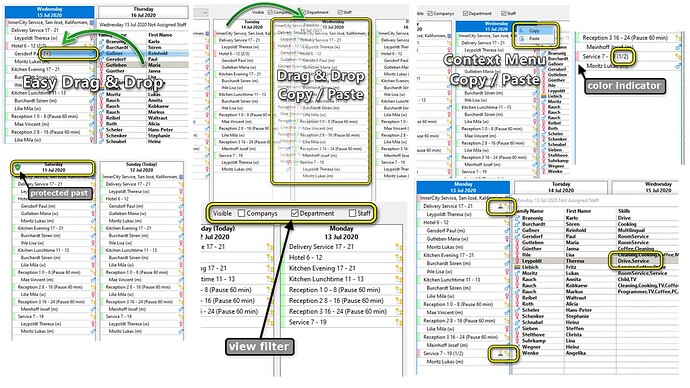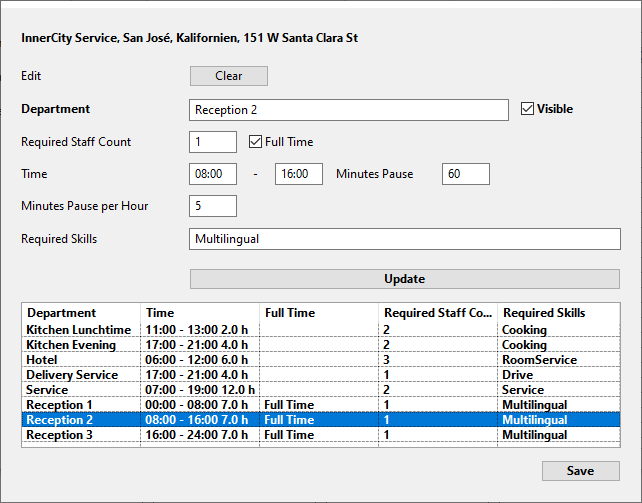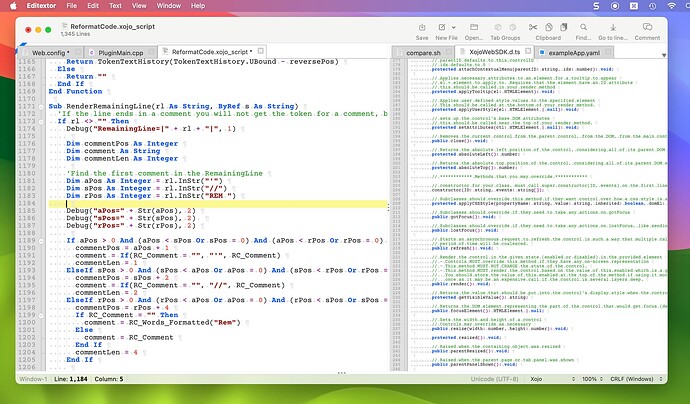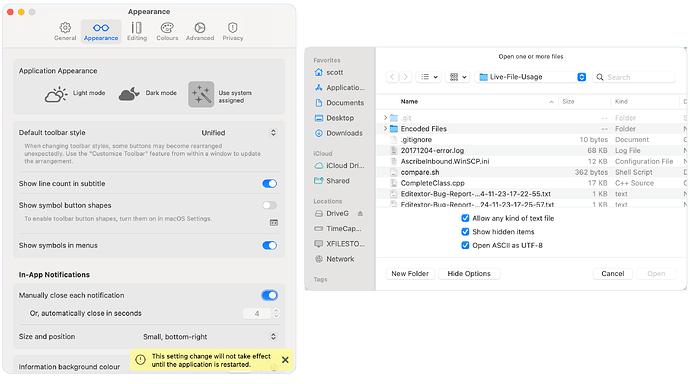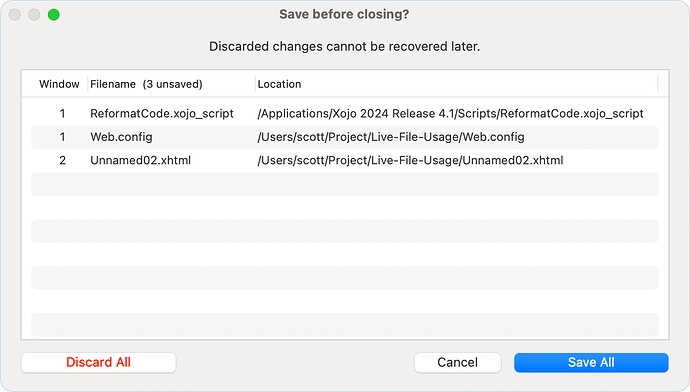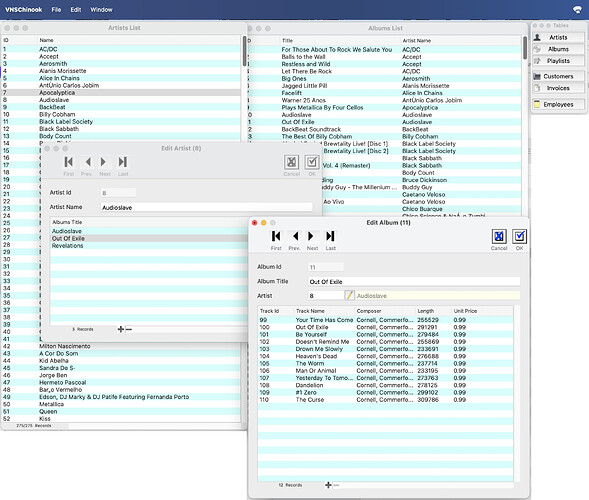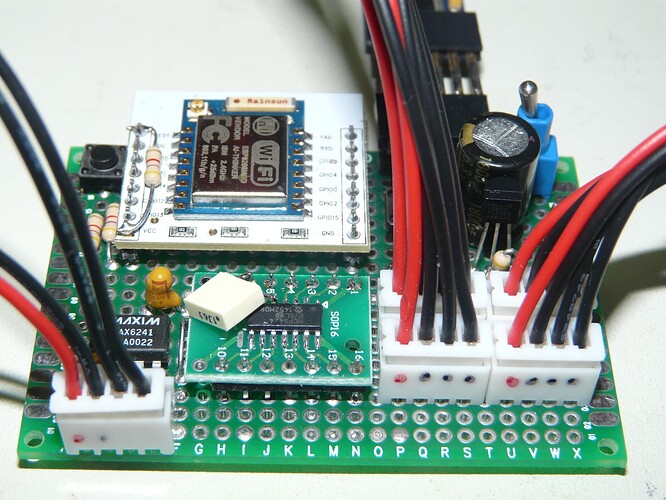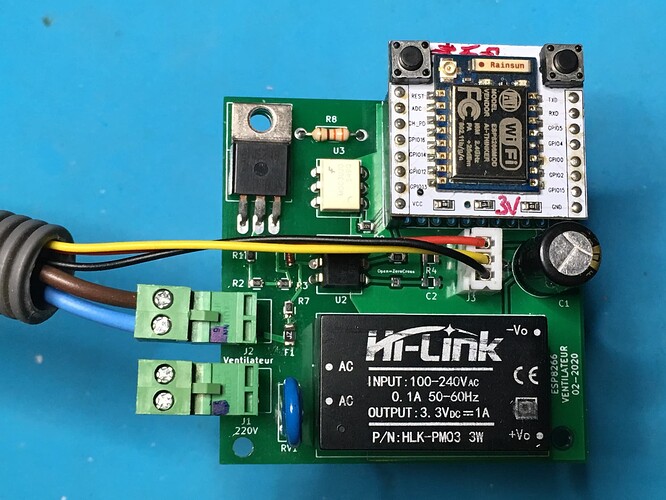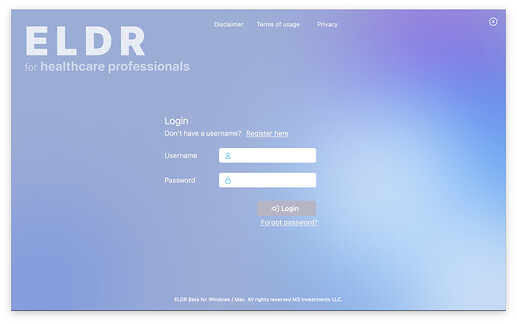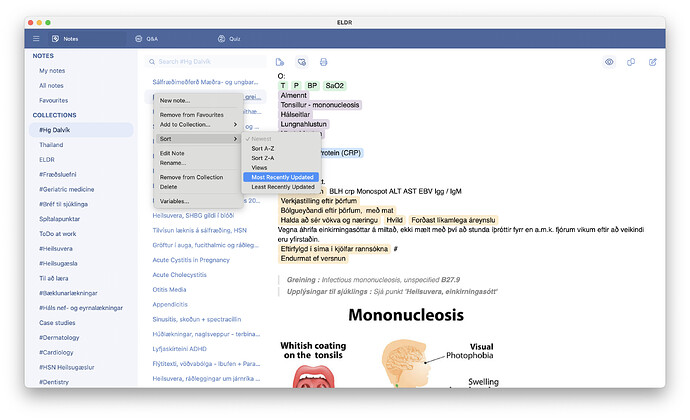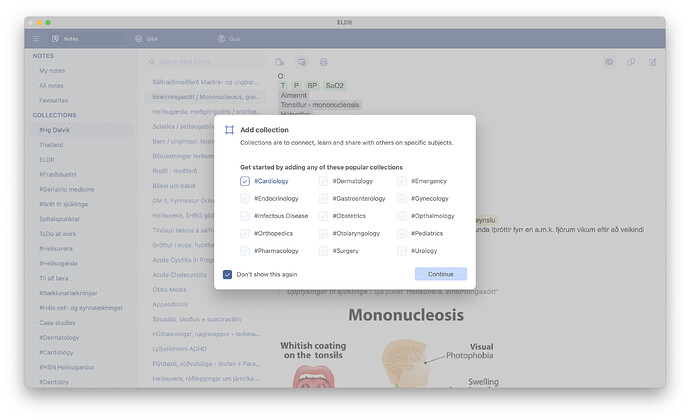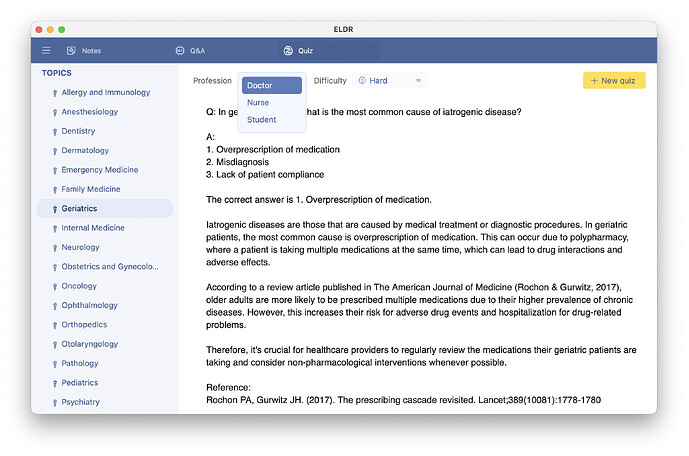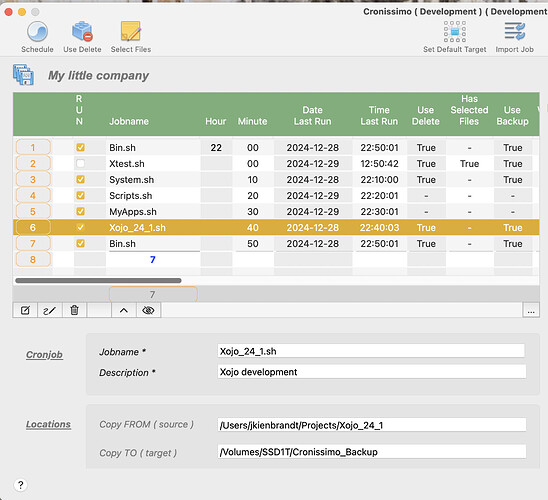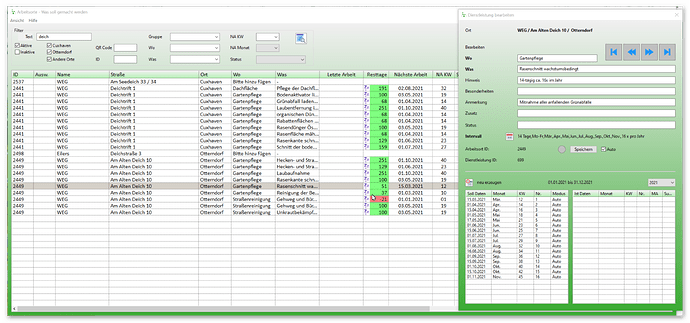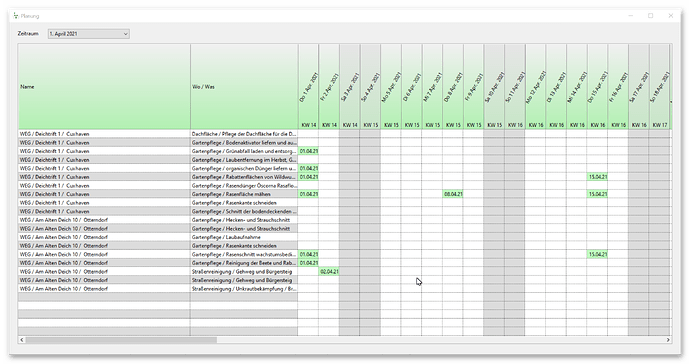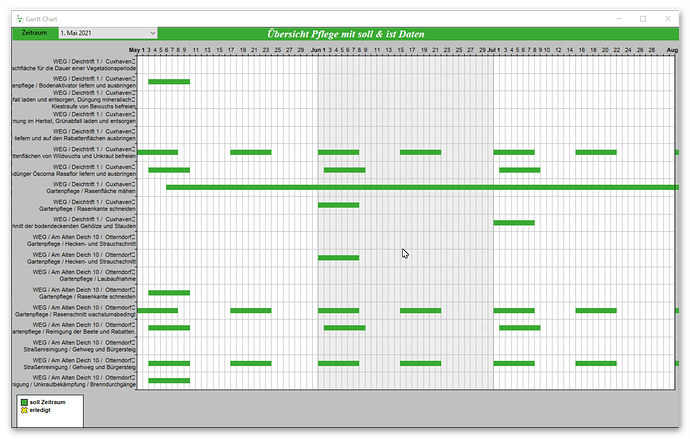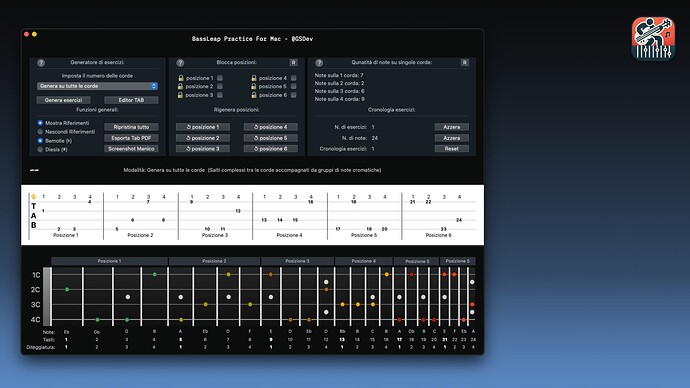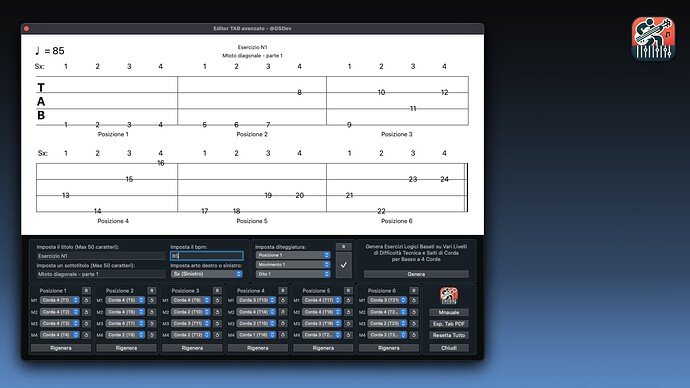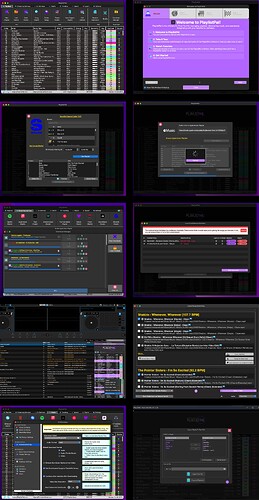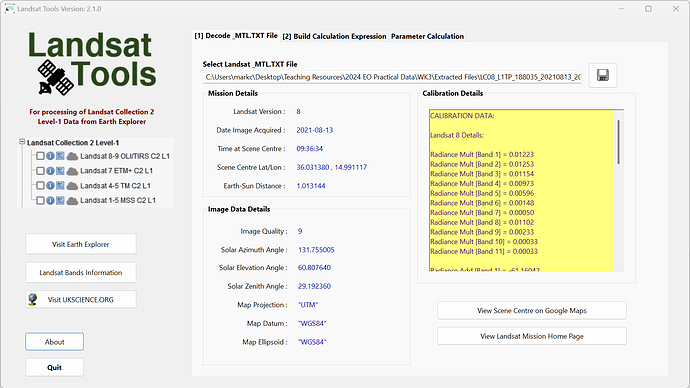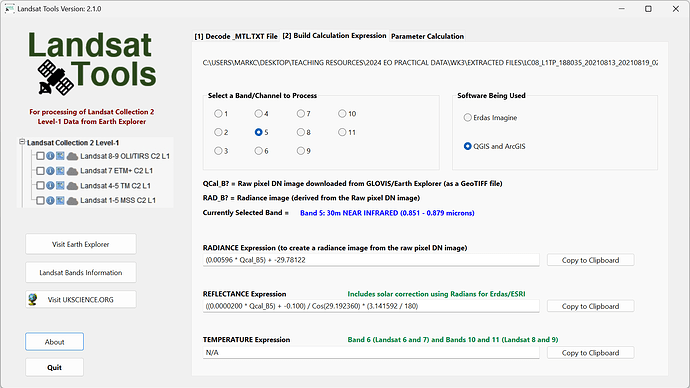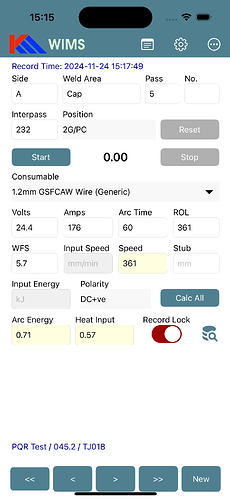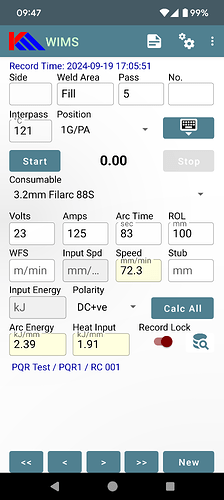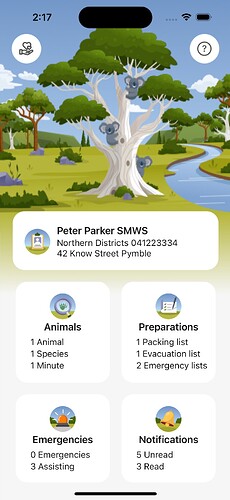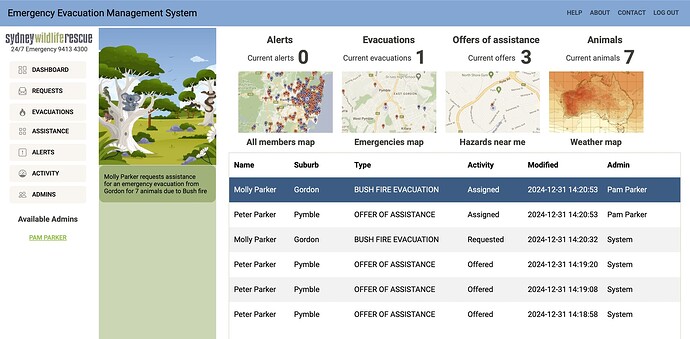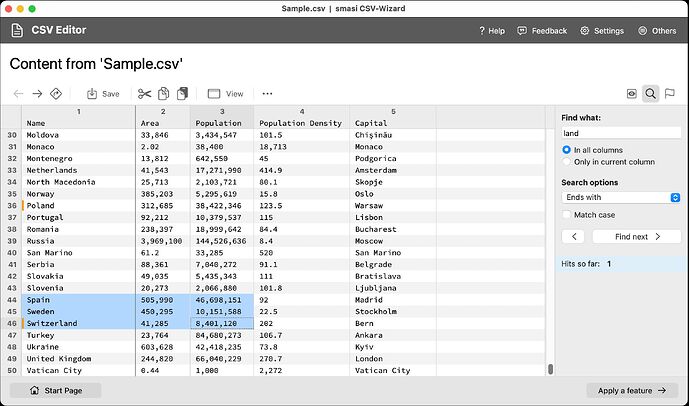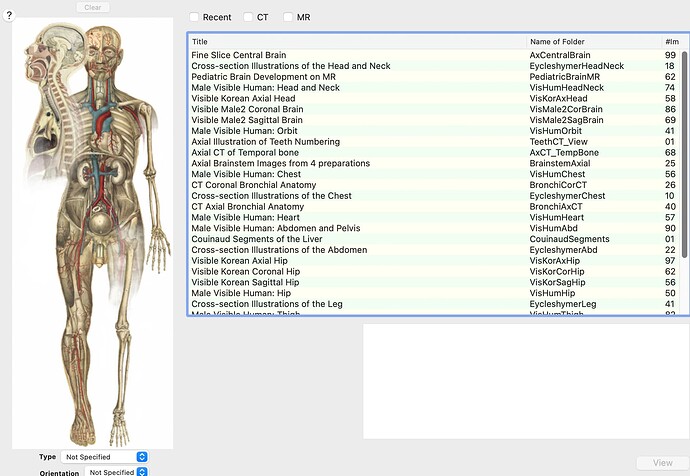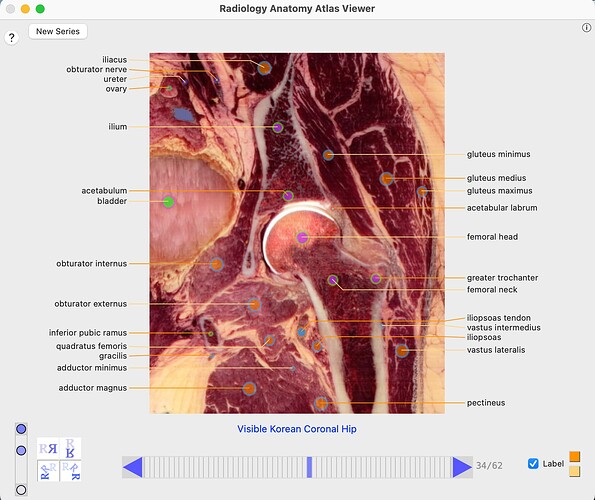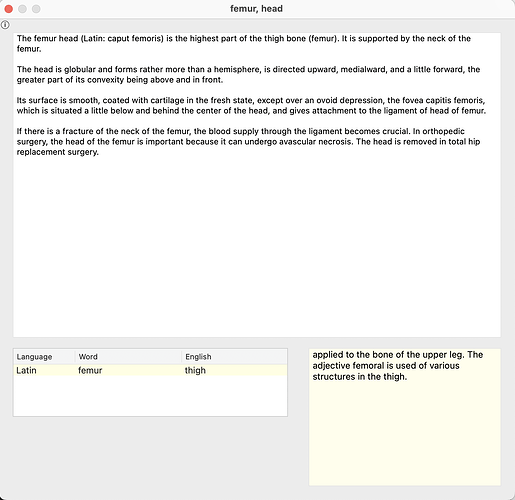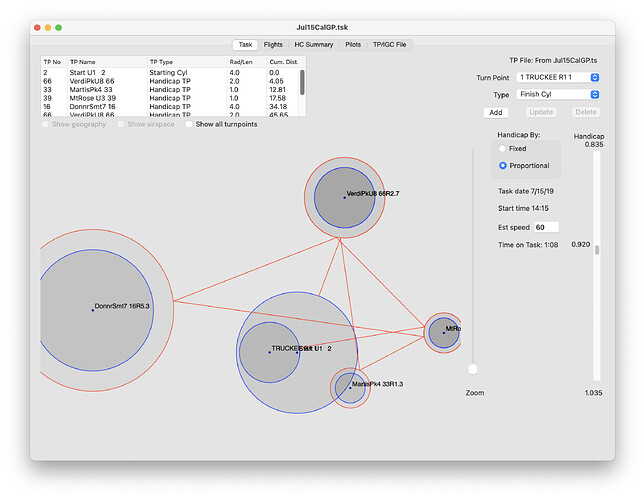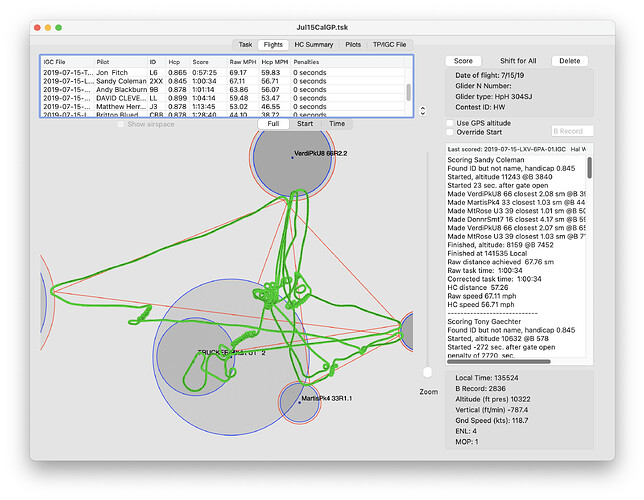Hello everyone and Happy New Year! I am reaching out to ask if you would like to share a photo of the design of one of the applications you have developed with XOJO to show all of us what your amazing apps look like and briefly explain what they do. It would be interesting to draw inspiration from your approach to designing a graphical interface. I’ll start by posting a photo of an app that can generate infinite rhythmic exercises of any level of technical difficulty. This app is very useful for music teachers and students of all categories. The app reproduces all rhythmic figures via MIDI, exports them to PDF, and allows the creation of any rhythmic decomposition on all musical times with all possible rhythmic figures in music.
My apps are all for in-house use, generally favor function over form and are not very beautiful. Many of them need to be operated by random semi-skilled workers, however, so they do have to be intuitive and foolproof. I had fun with this one, which displays and records the output of an electronic torque wrench to ensure that all key fasteners of a product are correctly torqued to within specified ranges. A modified version of @Thom_McGrath’s excellent Zircon Progress Indicator is used for visual feedback of each fastener’s status, and the central real-time meter is made with MBS ChartDirector.
Good point in opening a thread like this (o;
The Xojo showcase page is not very appealing ![]()
My current work: FPGA development IDE for macOS:
I like to have modern listboxes in Xojo where the scrollbar hides and the selection is inset:
My users love the popover windows.
The listbox with 2 different row heights was the challenge for the last version of my app:
Okay, here’s my current project with an interface only a scientist could love. This is a mapping program/geological calculator for geologists. The maps are input as MBTiles files, or single raster images which are georeferenced within the app, and the program also reads digital elevation model (DEM) files so the user can do calculations using full x, y, and z coordinates. As the screen grab shows, the user can overlay one MBTiles file over another (in this case a geologic map is the overlay over a satellite image; the colored lines are vector objects drawn on top of the MBTiles maps). A floating palette in the upper left allows the user to adjust transparency of the overlay as well as change the overlay and the base map rapidly. A popover window in the lower right provides access to additional metadata about the selected observation. The program is available for Mac, Windows, and Linux though only the the Mac version provides access to an Apple Maps satellite view using MBS’ MapKit implementation.
There is an iOS version of the program, seen below (showing a different field area), that was made possible by declares from @Jeremie_L and @Jason_King to whom I owe a drink should we ever have the good fortune to meet! The users can take the high res custom base maps and DEMs into the field to do xyz calculations and ground truth them on the spot. I use the same clases, modules, and screens to make privacy focused hiking apps (screenshot also attached).
This is not very original, but I kind of look on it as one of those right-of-passage kind of things.
It’s like learning to be a carpenter. It’s been said, that to truly understand the art of woodworking - try building a chair. Spoiler: it’s not as simple as you think.
So I’m building a text-editor, as fully fledged as possible. Again, not as simple as it sounds when you factor in Encoding, atomic writes, keyboard helpers, zooming, autocomplete, external change notifications, localizations, NSUserDefaults, etc. It’s a work-in-progress…
The app features things like the ScintillaMBS editor and the SOS Toolbar, SF Symbols plus some custom controls like my draggable TabStrips.
Some other features are Einhugur In-App Notifications and SOS MacOSSaveOpenDialogs
Plus other macOS features like a proper NSTableView and destructive action buttons.
I mainly do database apps, with sqlite or postgres. I have mostly desktop apps and a few web app.
I focused on having the main body of each app look the same, and use the same modules and classes, to have the most consistency in all apps I make. I don’t sell online, each app is for a few users of privates customers.
May be one day, I will make an app that can be sold more ?
My main work area is to move small companies from excel sheets to a robust modern database accounting app, with multiple windows at the same time.
I also like to build electronic devices I design for my personnal domotic use, and connect them to my local xojo apps. It’s most of the time build on esp8266 or esp32 and arduino framework.
We are developing an application for doctors and medical students that uses no third-party plugins, relying instead on 24 custom controls. It supports custom layouts (skins), and localizations can be added via the server. We worked hard to provide a modern GUI, rich in features, without compromising design or usability.
The application is compatible with both macOS and Windows. The screenshot illustrates a user browsing a collection of notes, where highlighted text within the notes represents variables. These variables can have their values set when the user fills out the note. Users can also add comments, which can be optionally ignored when completing the note.
Sharing notes or collections functions similarly to the sharing features of Dropbox or Google Drive. The backend is powered by Supabase. Our community currently consists of 5,000 users who have shared 120,000 notes, with several hundred thousand additional notes set as private and not visible to other users.
Each note supports embedded audio, images, rich text, and more, and notes can be collaboratively edited by users based on sharing settings.
We will be sharing the application soon on the Forum for everyone to try and experience the custom framework in action.
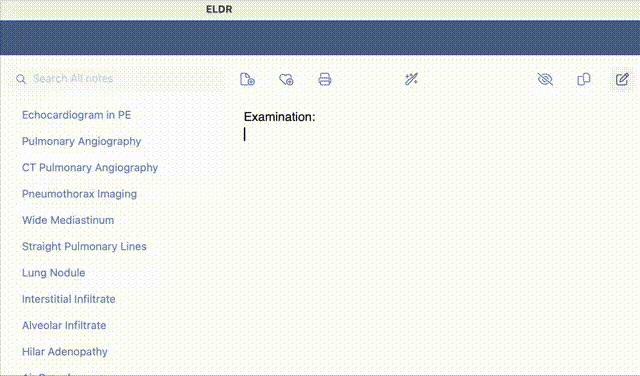
Cool interface Richard.
XOJO is a blessing for all scientist and engineers looking to create multiplatform applications for their work.
BassLeap Practice is an innovative application developed exclusively for Mac, designed to generate infinite combinations of technical exercises for 4-string electric bass. The app simplifies the process of creating educational exercises for music teachers, allowing them to easily assign exercises to their students. Students can use the app to improve their technical skills outside of their lessons with their teachers.
This extraordinary application is designed to progressively perfect and enhance the technical and practical skills of anyone, from teachers to students, from enthusiasts to beginners without prior knowledge of the electric bass. Thanks to the use of Tablature and diagrams displayed directly on the bass neck through colored dots, BassLeap Practice makes learning accessible to all.
BassLeap Practice can generate exercises in two modes: automatically or manually. The automatic mode creates always different exercises, while the manual mode allows you to modify any portion of notes on each of the six positions of a 24-fret electric bass. The exercises are built using powerful algorithms that generate practical situations of high educational and professional level, maintaining a well-structured and progressive logic.
The app offers numerous capabilities, allowing you to manipulate and modify the exercises according to your artistic, educational, and professional needs. In addition to automatic generation, the app includes an advanced Tablature editor to create customized exercises. Even in the editor, it is possible to use the automatic generation algorithms for technical and practical insights.
BassLeap Practice is a virtual teacher always ready to assist and simplify the complex processes of creating educational exercises. Its intuitive interface and advanced features make it an indispensable tool for anyone who wants to improve their skills with the electric bass.
Moreover, the app provides the possibility to listen to the pitch of the generated notes by clicking on the colored dots on the bass neck or on the numbers in the Tablature. The display of the note names through a Label text on the left side of the bass neck further aids in learning.
PlaylistPal is an app for MacOS and Windows to help DJs prepare sets in advance and work as a companion to their DJ software. It can import playlists from dozens of streaming and DJ services and import them into all the major DJ software. It can help you instantly build a set based on a search term, performing an aggregate search across public playlists to see what songs appear most often for your search, and help you find songs that are similar to what you’re already playing to decide what to play next.
Boring for most - but useful to anyone using Landsat Imagery to help calculate products like NDVI, MNDWI, Temperature and Radiance etc with a GIS. It is Landsat Tools:
I wrote it for my students who were spending ages decoding the calibration metadata bundled with the Landsat images to create the expressions needed in their work.
My App for iOS and Android is called WIMS.
It’s designed to make collection of weld procedure and welder monitoring parameters easy to carry out on a phone.
Calculations go beyond the basics to make it easy to work with other monitoring equipment and even to use shortcut methods. This allows welder monitoring to be carried out with just a steel rule and the App.
My Evacuation Planner iOS app is in testing at the moment. It is for wildlife carers who have to evacuate in the case of bushfire, flood or other emergency.
Users enter their details, as well as the animals they have in care, including an estimate of the evacuation time for each group of animals, so they have a clear idea of how long any evacuation will take.
They can also create packing lists to prepare before, and evacuation checklists to use during evacuations.
The app connects to an emergency management web app where admins can assign offers of assistance to evacuating carers.
Both apps heavily use locations, mapping and push notifications to provide a fast and efficient way of getting to safety and transferring animals in care to available carers.
The Emergency Management web app has a live feed from the Rural Fire Service (RFS) to show current fires and other hazards and the Bureau of Meteorology provides a live weather map so admins can monitor current or possible situations.
Admins can view a map of carer locations and details to select the best carer for each evacuation and then view all evacuating and assisting carers on the Emergencies map.
Admins can also call a regional emergency and send push notifications to all nearby carers when they need assistance for a major situation.
I develop and maintain a special CSV editor for MacOS and Windows.
Thanks to the plugins from MBS, I can distribute this application directly via the App Mac Store and Microsoft Store. The CSV parser and the grid for displaying the data was myself built with Xojo.
Program to visualize Human Anatomy using a number of sources. Typically a single source will have been created as a stack of images (62 in the example shown) that the user can scroll through. Dots on the individual image are used to label anatomic structures. The user can click on an individual dot for additional information about the structure.
Here is perhaps my most ambitious attempt. It is an application to handicap sailplane competitions according to performance ratings published by the FAI. The gliders fly a course to several GPS turn point coordinates, their closest approach required is calculated based on their predicted best performance. Thus each flies an equal handicapped distance. This allows the handicap to be applied en route, so that a simultaneous start results in a first-to-finish winner. This is much more like a race than the traditional sailplane racing format, which is essentially a time trial, not head-to-head, with results announced the next day.
The general solution is impossibly complex (n non-linear differential equations with n unknowns, n = number of turn points) so numerical methods are used. The slider to the right changes the handicap so that the course can be visualized for the various gliders. Each change in value of the slider instantly updates the calculations and graphics, and takes several million spherical trignometric calculations.
When the race is finished, the GPS log files are collected from the gliders and read into the app, which checks for turn points made, rule violations, etc. and plots the flight. Again a lot of spherical trig is involved.
The flights are automatically checked, penalties assigned for rule violations, and the finish order corrected as needed.
